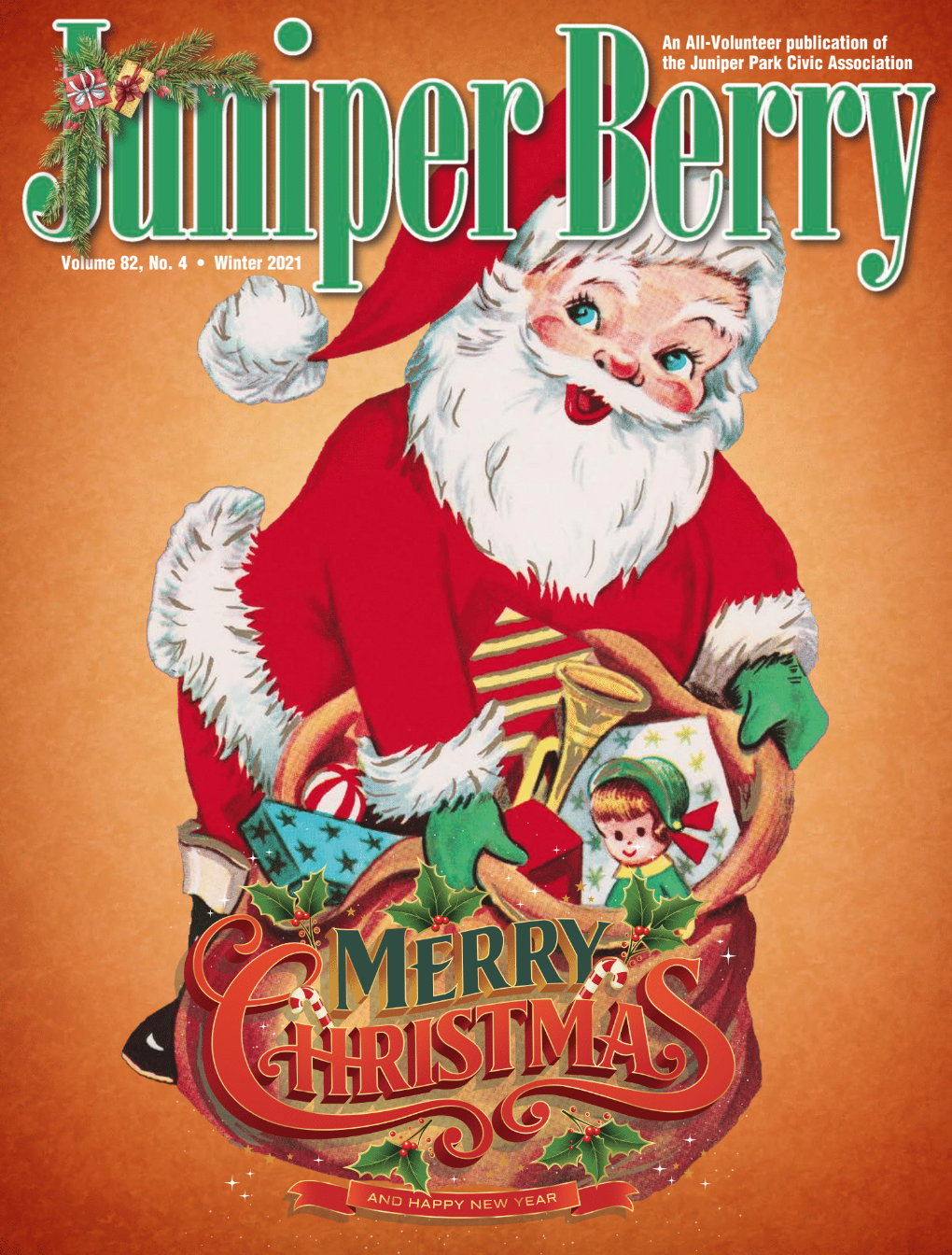There has been talk recently of a BQX (Brooklyn Queens Connector), light rail system coming to Brooklyn and Queens. If by light rail what is meant is modern high-speed trolleys running along a vehicular free right-of-way, then the Queens Boulevard trolley line qualified as a light rail.
SOUTH SHORE TRACTION
The Queens Boulevard trolley line came about when a pro- posed trunk line by the South Shore Traction Company linking Manhattan with Nassau and Suffolk counties fell through. The South Shore Traction Company had a franchise to construct over fifty miles of street railway in Nassau and Suffolk Counties. Litigation with local authorities as well as competition with rival New York & Long Island Traction Company brought about a change of plans. The South Shore acquired a trolley line over the newly built (1909) Queensboro Bridge, dropped its Nassau and Suffolk lines by 1912, then reorganized as the Manhattan & Queens Traction Company.
MANHATTAN & QUEENS TRACTION
The Manhattan & Queens Traction Company was one of four Steinway Lines (later Steinway Queens Transit) and Third Avenue Railways, trolley lines, to cross the Queensboro Bridge. The Manhattan & Queens was also the newest of these and utilized modern: roomy high- speed cars with a low-step center door. These cars were sometimes referred to as “hobble skirts” because the low- step center door afforded women wearing the low skirts of the time a more dignified boarding of the car.
After departing the underground trolley terminal, located at second Avenue and 59th street, then crossing the Queensboro Bridge to Queensboro Plaza, the Manhattan to Queens trolleys entered a private right-of-way bus rap- id transit sans pollution), along Queens Boulevard under the dual contracts (now No 7) elevated structure. Parking spaces now occupy the former trolley right-of-way under the elevated structure. The trolleys escaped the el’s shad- ow at 48th street in Sunnyside, then traversed the long Queens Boulevard main line to Jamaica, reaching the LIRR Jamaica Station by 1914.
The Manhattan and Queens also had an industrial spur along Van Dam Street which was gone by the close of World War I.
During the 1920s, Queens Boulevard underwent reconfiguration. Trolley right-of-ways were provided along Queens Boulevard to Hillside Avenue in Jamaica. From that point it was all street running in mixed traffic via Queens Boulevard, Jamaica Avenue, (BMT trackage rights), 139th street, Archer Avenue to Jamaica Station, finally Sutphin Boulevard to 109th Avenue and 157th street. Plans for a trunk line reaching Nassau and Suffolk Counties never materialized, thus this rather obscure and unlikely South Jamaica location became the terminal.
FROM LIGHT TO HEAVY RAIL
Queens was sparsely populated in the early decades of the 20th Century. The M&Q trolley line initially had a hard time. Fortunately, traffic in the form of Manhattanites who wished to escape the crowded conditions of the city came just in time, and the trolley line wis profitable. However, the time of the trolley in Queens, as well as elsewhere, was already drawing to a close by the Thirties.
Bus Companies, (notably Triboro Coach in West Queens), came about and provided feeder service to the newly opened subway and elevated lines in Queens. The Queens Boulevard trolley line which had been successful and had helped develop communities along Queens Boulevard now faced formidable competition from the new state- of-the-art 4-track, IND subway line which duplicated rail service along Queens Boulevard from Grand Avenue to Hillside Avenue, reaching Jamaica in 1937. The privately owned and operated Queens Boulevard trolley line could not successfully compete with the city-owned and operated IND Subway line. On April 17, 1937, Manhattan & Queens (later Green) Q60 buses replaced the trolleys.
Today, no trace of the Queens Boulevard trolley line remains. MTA Q60 buses now ply the exact route of the former trolley line. In the end a victim of its own success, the Queens Boulevard trolley line was light rail before its time.




